The US Air Force (USAF) seeks to fly its hypersonic AGM-183A Air-launched Rapid Response Weapon (ARRW) at least once more this year after two successful tests in the last four months, according to reports.
Gen. Duke Richardson, the head of Air Force Materiel Command (AFMC), told reporters on August 10, during the AFMC’s Life Cycle Industry Day event in Dayton, Ohio, that the upcoming test will be a “big one” for ARRW.
The AGM-183A ARRW is a long-range hypersonic missile designed by Lockheed Martin for the USAF. The missile is expected to improve USAF’s hypersonic strike capability to attack heavily defended, high-value targets such as enemy military bases and surface warships at stand-off ranges.
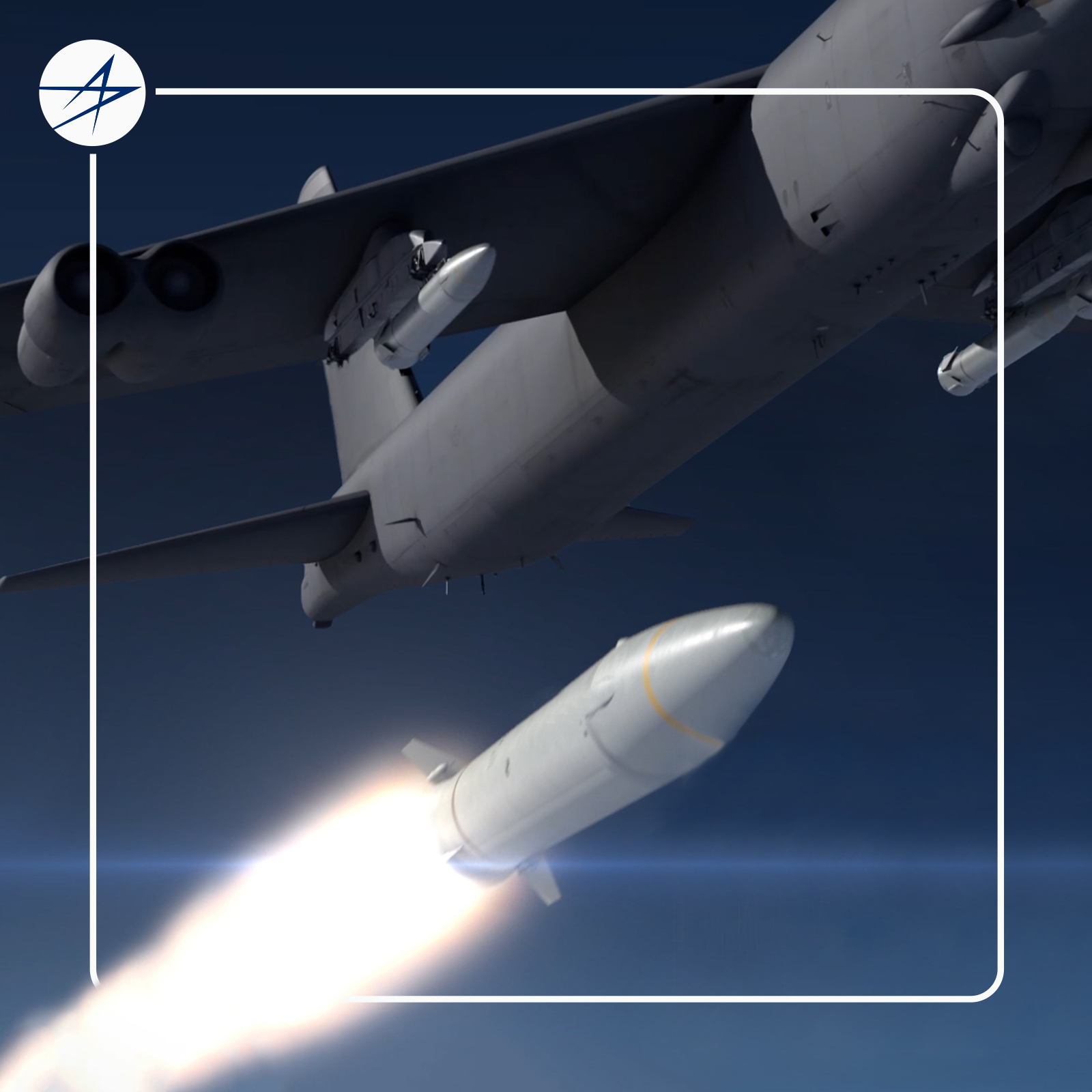
The missile is said to have a speed over Mach 5 and a range of approximately 925 kilometers. It is carried under the wing of the B-52H bomber aircraft.
The high-speed component of the missile is being developed utilizing the Defense Advanced Research Project Agency’s (DARPA) tactical boost glide (TBG) technology, where a rocket first propels its payload to hypersonic speeds, following which the payload separates from the rocket and glides unpowered toward the target.
Winning Streak After Three Consecutive Failures
The last known test of the ARRW was conducted in July, off the Southern California coast, which successfully demonstrated the booster performance, marking the completion of the booster test phase, according to the press release by Eglin Air Force Base. Also, the trial marked the second time the ARRW had effectively separated from the B-52 aircraft.
Before that, the 419th Flight Test Squadron and the Global Power Combined Test Force conducted a test in May, in which the ARRW separated from the launch aircraft and the rocket burned for “the expected duration,” marking the first successful test after a string of three failures in 2021.
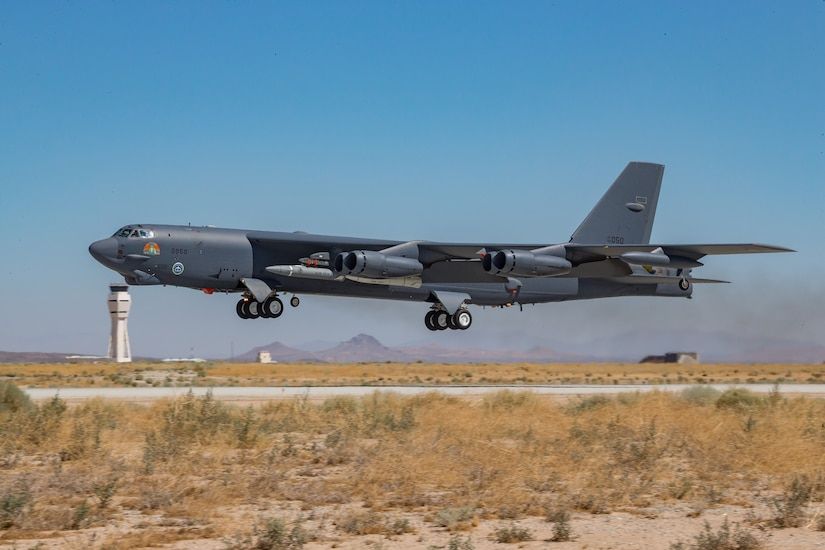
The three test flights in 2021 failed because the missile could not separate from the carrier aircraft or failed to launch a booster rocket. The root cause analysis of the most recent failed test suggested that a loose wire did not allow the missile to function as intended.
The US lawmakers cut $161 million in procurement funding that the Biden administration sought for the program in fiscal 2022, following test failures and delays.
Speaking about these test failures and the two consecutive successes after that, Gen. Richardson said he’s been pleased with the Air Force’s progress on ARRW and described the initial failures as “burps,” reported Defense News.
“There is more of an appetite now for test failure. It’s part of the process,” Richardson said. “What we need to do is figure out how we get through failure faster. Because we’re going to fail.”
Road Ahead Is Challenging For ARRW
Lockheed Martin’s Deputy Program Manager for the ARRW program, Brian Shappacher, said on August 13, during the podcast hosted by the Mitchell Institute that the next phase of testing for the AGM-183A is going to be more complicated than the booster test phase.
“We’re still going to focus on the booster, of course, but we’re going to shift some additional focus to the glider performance,” Shappacher said.
The USAF requires the ARRW to attain early operational capability in 2023, which according to Shappacher, will be challenging.
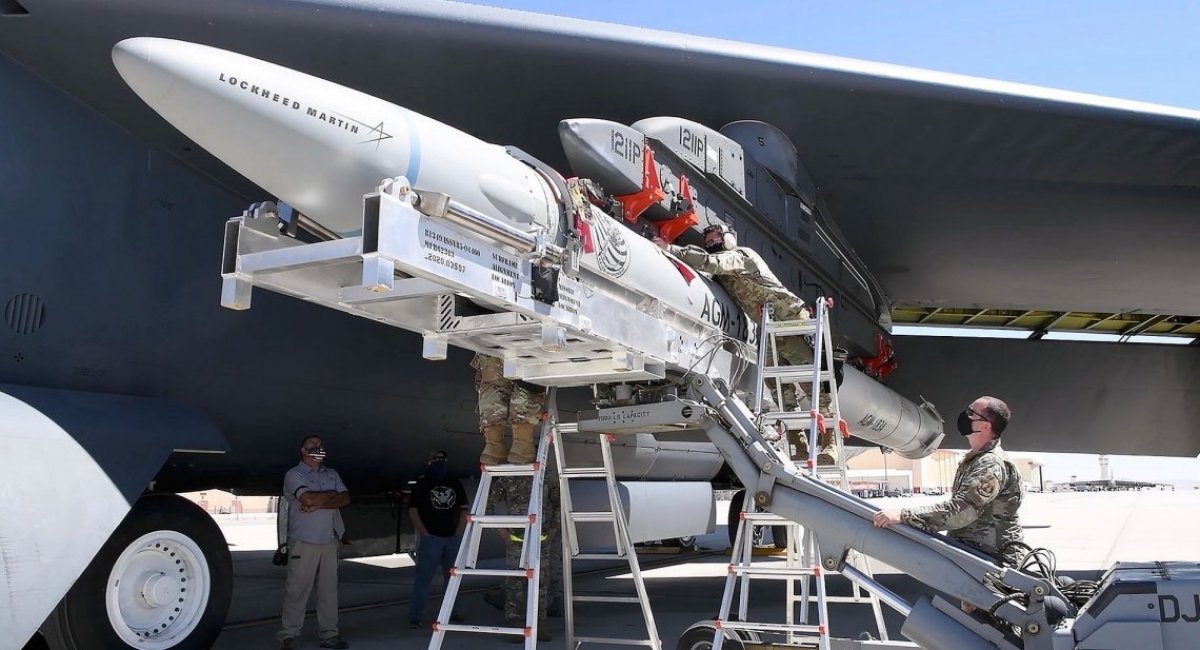
“We have more missiles to build and more flight tests to get through and complete than we’ve had at any other time in this program, intending to reach early operational capability in 2023,” Shappacher noted.
USAF Riding Two Horses To Achieve Hypersonic Capability
Hypersonic weapons are a top priority for the US, particularly in response to Russia and China’s progress in this field.
Currently, China and Russia are the only countries with operational hypersonic weapons, and Russia has even used its Kinzhal hypersonic missile in the ongoing Ukraine war. In contrast, the US is still catching up.
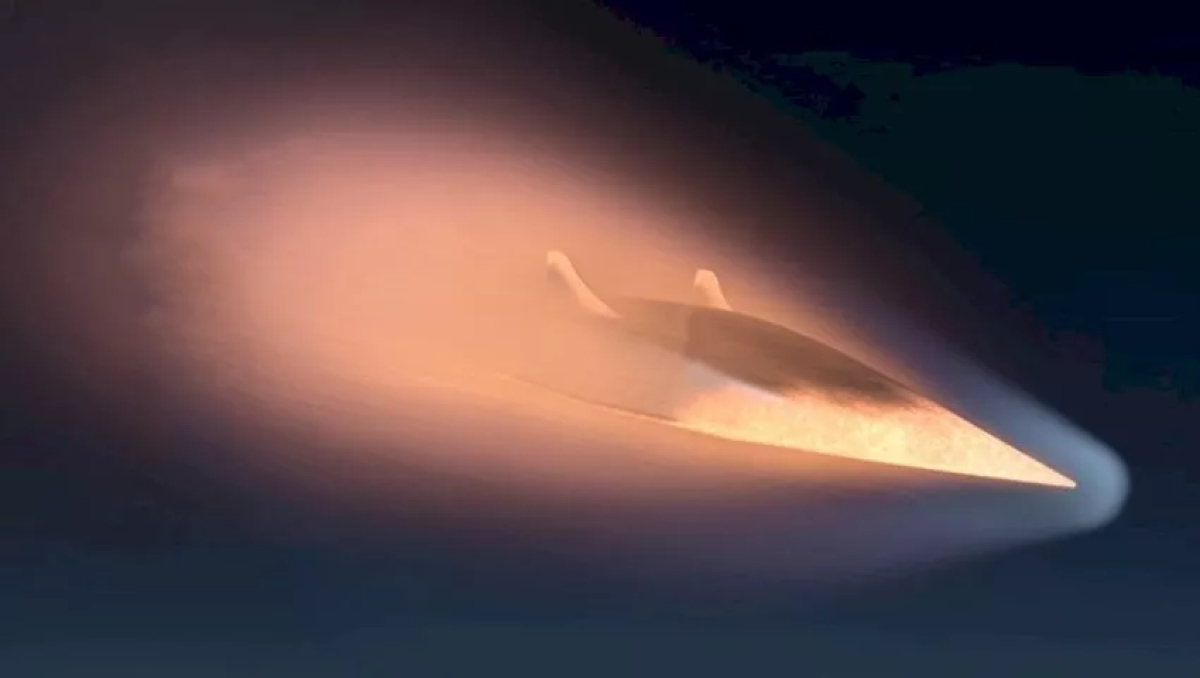
Apart from ARRW, the USAF is also pursuing the Hypersonic Attack Cruise Missile (HACM) program, which intends to develop a smaller, less expensive cruise missile based on air-breathing propulsion technology.
For the HACM program, Lockheed Martin is competing with Raytheon and Boeing, and the USAF is expected to award a contract later this year.
The USAF’s F-15EX fighter aircraft will be the first to be certified to carry the new HACM, as the fighter jet has a larger weapons payload capacity than the F-35 fighter, as per a previous EurAsian Times report.
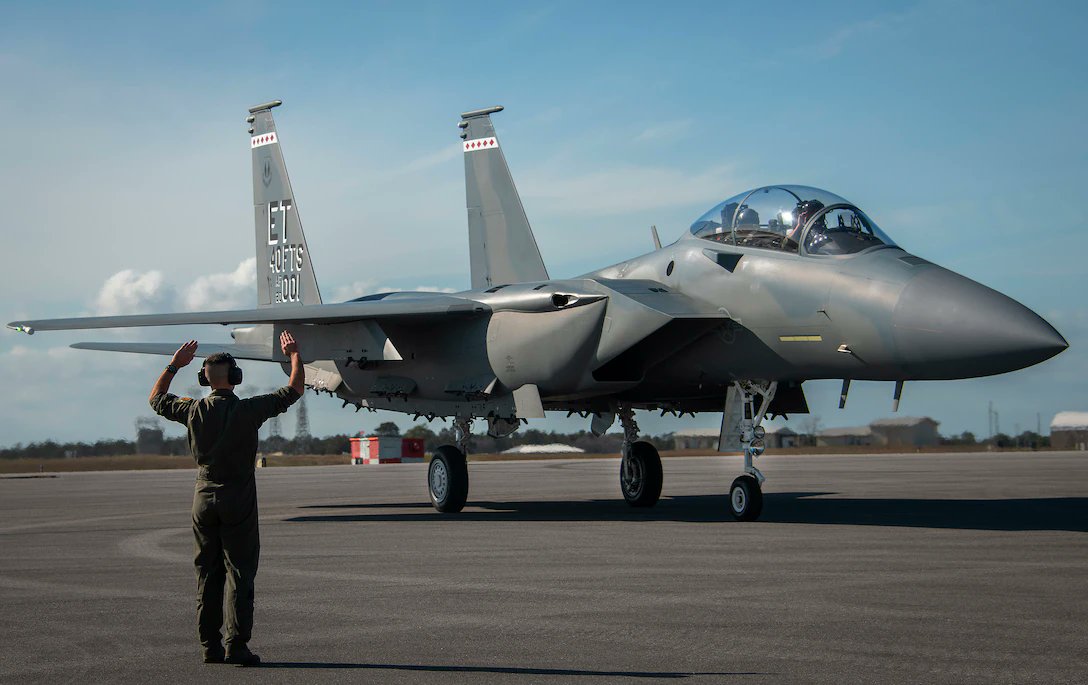
Also, reports suggest the HACM is planned to be launched from both bombers and fighter aircraft, with a senior USAF official noting that a B-52 could potentially carry 20 HACMs or more.
Gen. Richardson said that by pursuing the ARRW and HACM, the USAF is “riding two horses” in terms of hypersonic development, setting itself up for a dilemma if there arises a situation where a single effort has to be selected for future investment.
“I actually like them both, personally. We may have to get to this position where we have to choose one or the other. That remains to be seen. I’m not in a position to answer how that’s going to come out,” he said.
- Contact the author at tanmaykadam700@gmail.com
- Follow EurAsian Times on Google News




